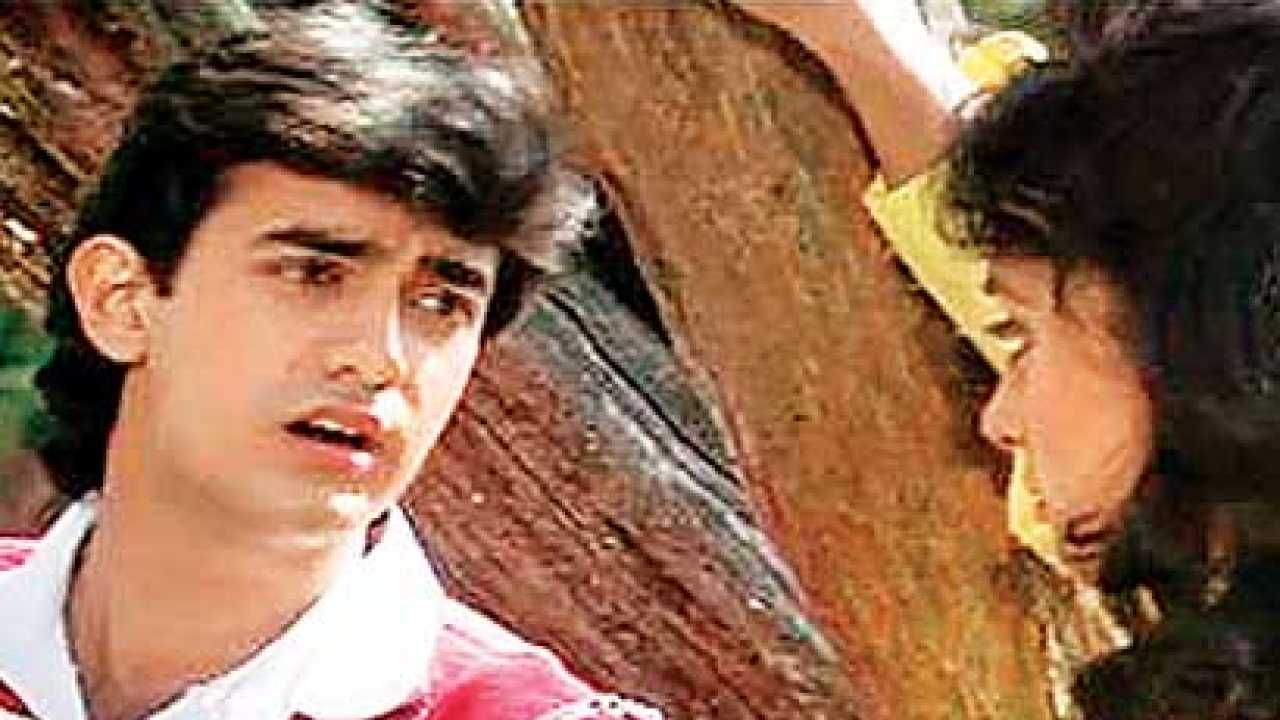
Not many will disagree with the fact that much of our social behavior is influenced by the mass media. In that context, it is natural that popular culture’s representation of women has come within the crosshairs of those enraged by the recent horrific events in New Delhi.
A lot of the outrage has been focused, not unsurprisingly, on the skimpy dresses and provocative dance steps that have become de rigueur in Indian movies. Personally though, I believe that blaming sexual violence on revealing clothes and sensual dance is just the wrong thing to do. For one, it legitimises the line of reasoning in which short skirts and cleavage are blamed for causing rape, one which says that women should stay ‘covered’ up so as to not inflame male passions. This, of course, does not explain how a three-month-old-baby or even an eighty-year old woman is safe from sexual violence. Nor does it explain why, in repeated studies, it has been established that freely available porn, displays of sensuality far more explicit than your garden-variety item numbers, actually reduces the incidence of sexual violence.
The bigger problem, in my opinion, is the neanderthal narrative drilled into the heads of audiences, the narrative that even though the girl may be initially unwilling, the hero will ultimately turn that “No” into a “Yes” using a variety of techniques that include, but are not limited to, “teasing”, “grabbing” and egregious intrusions into her personal space. Like the song Khambe Jaisi Khadi Hai from Dil where when Madhuri Dixit’s character rejects Aamir Khan’s advances, he sings “Hum ne khayee hai kasam, todenge iski guroor hum” (I have taken a vow to break her pride) and then proceeds to do exactly that, with unsolicited physical contact and verbal harassment. What makes this palatable is Aamir Khan’s “cuteness”. Replace him with a face on the street and this sequence becomes positively scary. I do not just want to pick on just one song. However it is fairly representative of a rather pervasive narrative found not just in countless Hindi movies but also in local-language music videos (like Bhojpuri), important pop culture artifacts in themselves.
Hindi movies once, and this has mercifully now almost vanished, used rape sequences to titillate the audiences. Retrograde that is, it at least showed the villain being beaten up at the end. The hero, of course, never goes that far because the way the story gets written, the heroine surrenders to the alpha-male “voluntarily” after bouts of ched-chaad, often indistinguishable from street sexual harassment, which leads to his halo of awesomeness glowing even brighter.
Lest it be misunderstood, let me point out that I am not saying that popular culture makes people commit unspeakable acts. No. People do that because of the evil within them, which is incentivised by the knowledge that the legal framework will work in their favor. What popular culture does, however, is to make monsters believe that what they are doing is macho. Because they have seen this countless number of times, they are conditioned to believe that the woman will ultimately give in and that if she does not, she is, in essence, insulting their masculinity. Once that is felt by a sufficiently twisted mind, other stronger measures get employed. With tragic consequences.
Arnab Ray is the author of The Mine and May I Hebb Your Attention Pliss